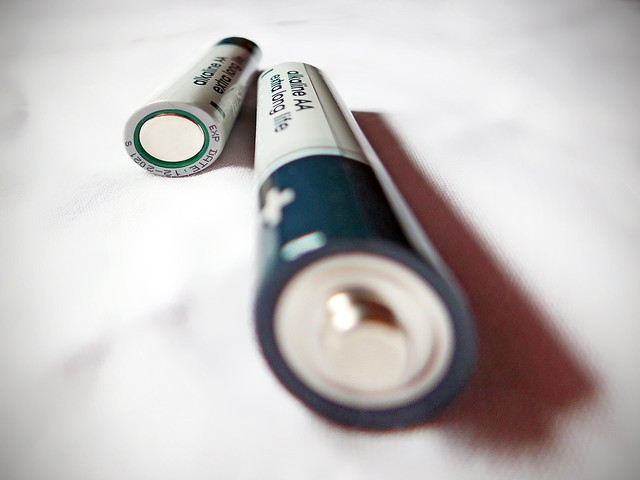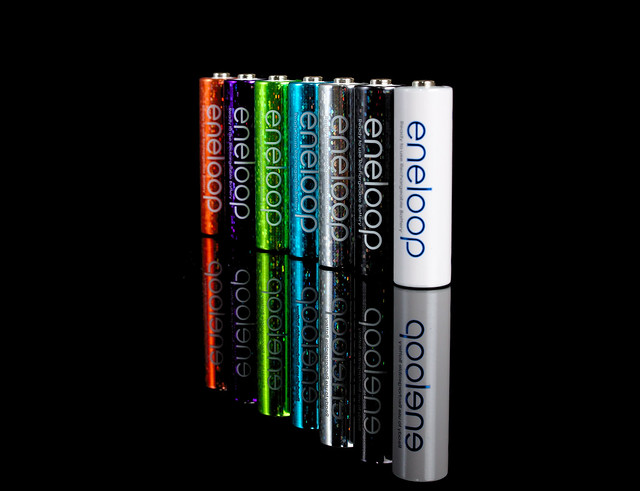International Lithium Battery Regulations-Regulation Introduction
Feb 21, 2020 Pageview:983
Well, it is true that the lithium ion batteries and cells are getting popularized each day. Their requirement in all the sectors and industries is constantly rising. This is because internationally, most of the suppliers and manufacturers of the automobile industry are preferring lithium batteries. The main reason for its demand is that these batteries can be adequately used as the source of power generation.
Due to the high power density levels of lithium ion battery and cells, they are majorly used in electric cars, cameras, laptops, mobile devices, electric bikes, toys, etc. These batteries are shipped all over the world that is why there are some international regulations framed so that they can be shipped safely
Can lithium batteries be shipped internationality by air?
There stands no doubt in the fact that lithium ion batteries are treated as dangerous material when they are shipped internationally. The international regulations are maintained because there are many unacceptable risks attached to the shipping of these batteries, which can harm the safety and property as well. Therefore it is important that lithium ion batteries should meet all the required safety guidelines when they are transported.
The international regulations do not limit the transportation of lithium ion batteries via air. The manufacturers and suppliers need to fulfill the below listed requirements:
The lithium cells and lithium ion batteries are allowed to be shipped at no more than 30 percent charge state
The rules have restricted the shipping of lithium ion batteries and cells as a cargo itself on all the passenger aircrafts
It also limits the alternative provisions for small lithium ion battery or cells as shipments to one pack per consignment
The passengers and crew members are allowed to take their personal items and electric devices that function through lithium ion batteries or cell
How much do you know about the lithium battery safety document 2019?
Well, it is important that you should know about the safety standards of the lithium ion batteries and cell as they contain chemicals and electrical hazards both. If you neglect the packaging and storage of these batteries, there are high chances that in transit, the batteries get ignite and evoke a short circuit.
Therefore in order to have safe transit, you should have all the knowledge related to lithium batteries, and for this, you can consider the lithium battery safety document 2019, where all the basics are clearly stated. Keep reading further to gather more details about the safety document.
What are the international lithium battery regulations in 2019?
The purpose of the lithium battery safety document is to understand the rules and regulations in a clear and crisp manner. To know more about the international regulated, it is suggested that you should understand the basic definitions of lithium ion batteries and other related components. The safety document 2019 entails the same information as well.
The following below listed details will give you a broad understanding of international regulations, let us clear the basics:
Definition of lithium battery
The terminology of lithium battery denotes the family of batteries that are comprised of different chemistries; they also contain different types of electrolytes and cathodes. In order to authenticate the international regulations, lithium batteries are divided into lithium metal batteries and lithium ion batteries.
Lithium metal batteries
These are basically non-rechargeable batteries that have lithium metal as an anode. These batteries are also known as primary batteries. The lithium metal battery also includes lithium alloy batteries, which are used in car key fobs, defibrillators, calculators, and cameras.
Lithium ion batteries
These are secondary batteries, which are also known as rechargeable batteries. In these lithium batteries, the lithium is found only in the iconic form in its electrolyte. Lithium polymer batteries are also included in the family of lithium ion batteries. These are commonly used in mobile telephones, tablets, computers, electric bikes, etc.
According to the international lithium battery regulation 2019, as mentioned earlier, these batteries must be transferred at a state of 30% charge. The batteries above these levels are required to be transported with the legal approval of the state of origin and with the approval of the state of the operator.
The international lithium battery regulation has some packaging measures also that are required to match if you have to transport the batteries and cells. Along with the packaging, proper markings and labeling are also necessary. The shipment containing button cell batteries that are properly installed in the equipment is allowed to transport without being marked. On the other hand, the lithium ion batteries or lithium metal batteries are required to be transported in sealed and rigid packaging. They should be adequately marked and labeled with the proper address.
The packaging of the lithium ion batteries must be strong enough to keep away all the crushing. The exposure of battery terminals is also limited because they can create the situation of short circuits and overheat at the same time. One thing has to keep in mind that only outer packaging and storage is not sufficient to transport the lithium ion batteries internationally. They should be firmly cushioned inside as well. This is because there are high chances of the release of violent energies from the lithium ion batteries and cells when they are exposed to certain conditions.
These international regulations are framed to ensure that there is an increased level of safety in the transportation vessel. The severity of the damage caused by lithium ion batteries and cells are sufficient enough to create huge losses. It is suggested that you should all the regulations carefully before you transport these batteries.
Leave Message
Hottest Categories
-
Hottest Industry News
-
Latest Industry News












